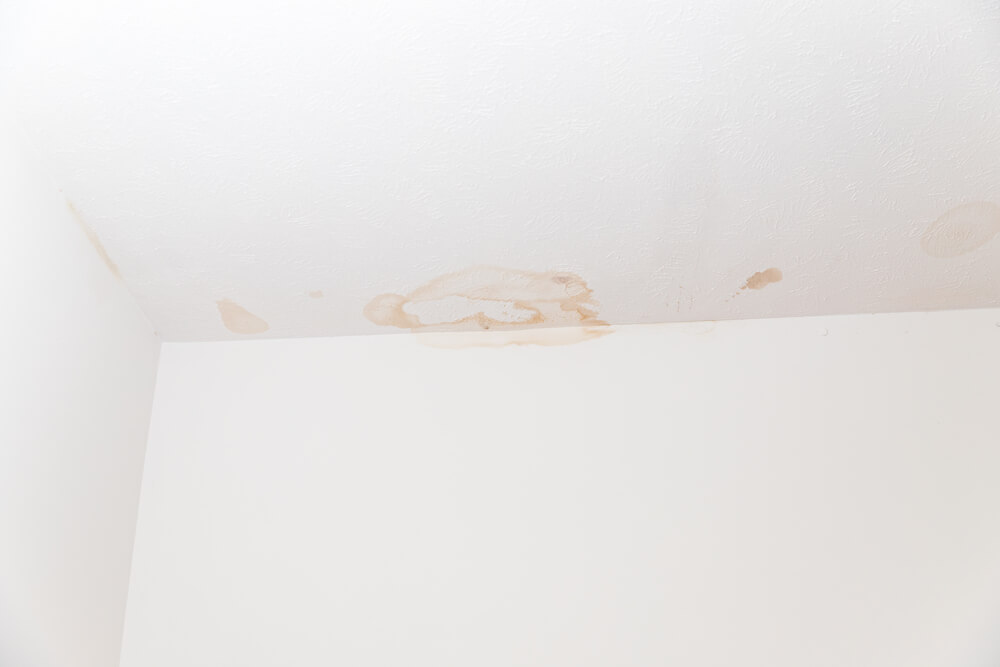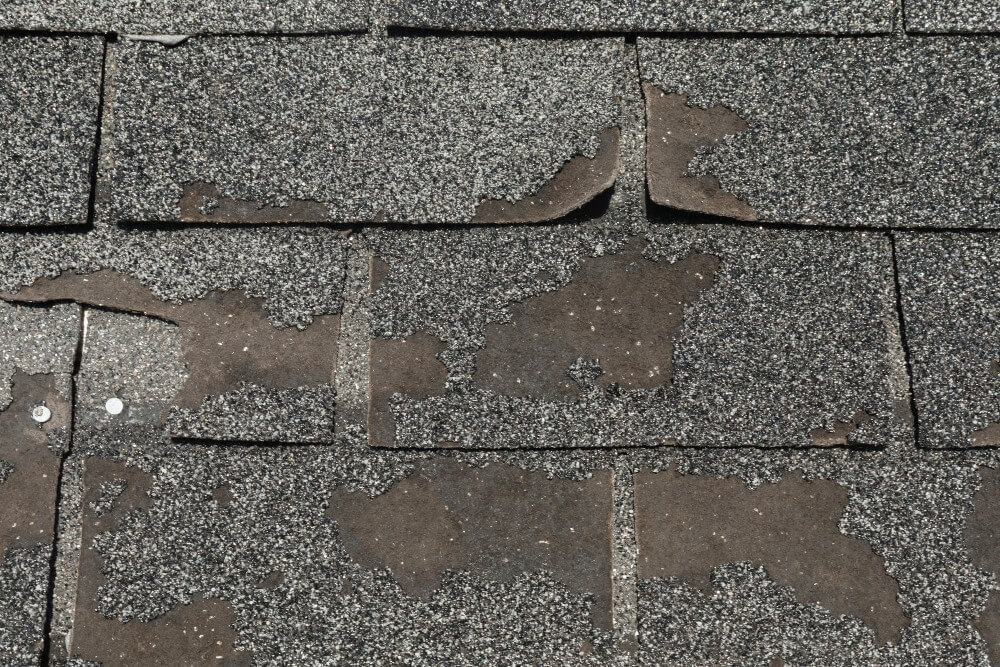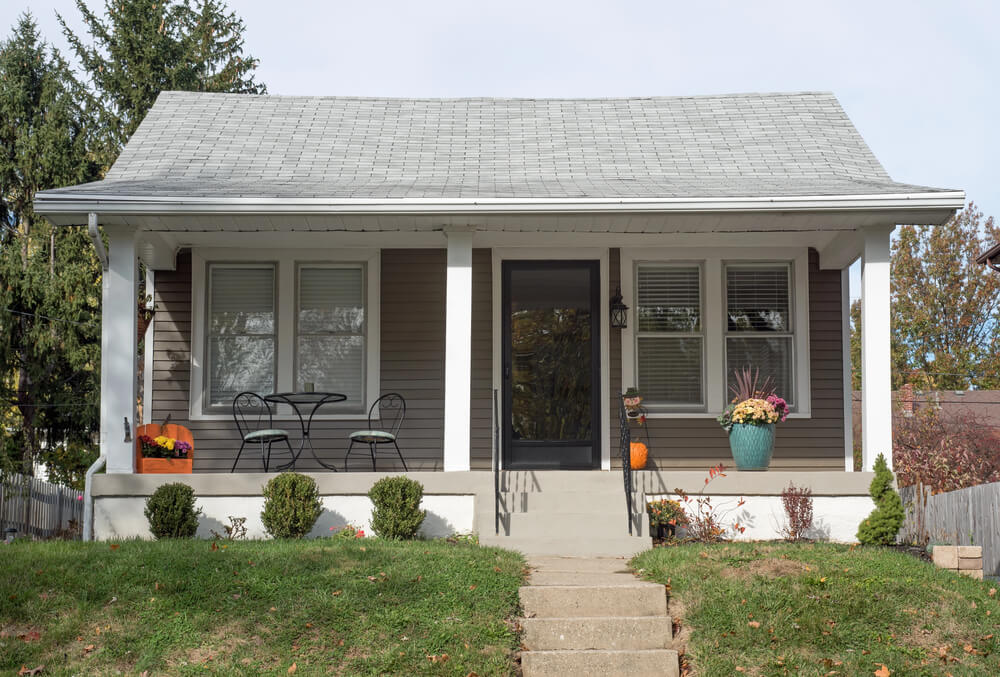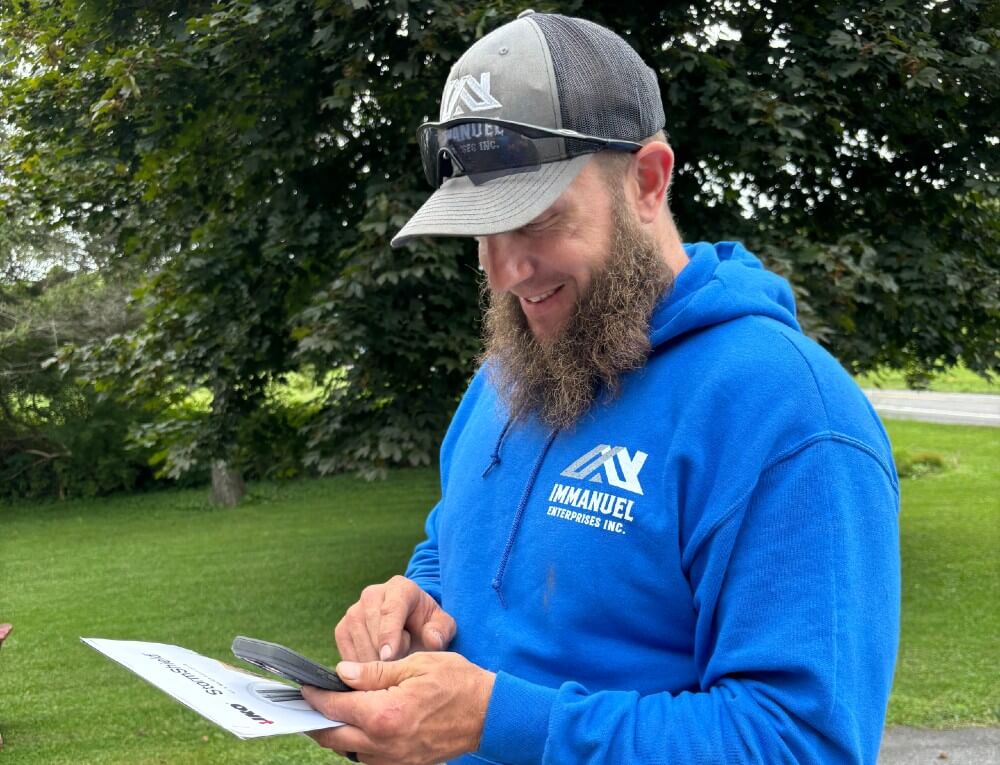7 Signs You Need a New Roof Now
Noticing signs of water damage can be alarming for any homeowner. A damaged roof can lead to costly repairs and even health issues from mold growth. Recognizing the warning signs early can save time, money, and stress. If you see stains on your ceiling or water spots on your walls, consider your roofing situation. This blog post will help homeowners identify critical signs that indicate they may need a new roof, ensuring safety and comfort in their homes.
- Understand the importance of recognizing water damage signs.
- Learn about specific indicators like stains on the ceiling and water spots on walls.
- Discover solutions to address these issues before they escalate.
How to know if you need a new roof: Water Damage Signs

Stains on the Ceiling
Ceiling stains are often one of the first signs that something is wrong with your roof. These brown or yellowish marks typically indicate water leaking through the roof and pooling in your attic or above your ceiling. Over time, this moisture can weaken structural elements and lead to expensive repairs. Homeowners should take these stains seriously and investigate the source immediately.
Roofing expert John Doe says, “Ignoring ceiling stains can lead to significant damage over time. It’s crucial to act quickly.” If you notice these stains, consider contacting a professional to assess the situation and determine if a roof replacement is necessary.
Water Spots on Walls
Water spots on walls can be just as concerning as ceiling stains. These spots often appear when water seeps through the roof and runs down the interior walls. This indicates that there may be a significant leak, which can cause further damage to the wall structure and promote mold growth.
Check for other signs of water damage, such as peeling paint or wallpaper, if you see water spots. Addressing these issues promptly can prevent more severe problems down the line. Home inspector Jane Smith noted, “Regularly checking for water spots on walls can save homeowners from extensive repairs.” If you find these spots, it’s advisable to consult a roofing professional to evaluate whether you need a new roof.
Mold or Mildew Growth
The mold or mildew growth indicates that your roof may need replacing. These fungi thrive in damp environments, often caused by leaks or inadequate ventilation in your roof space. If you notice dark patches or a musty smell in your home, it could mean that moisture is trapped, leading to mold growth. This compromises the structural integrity of your roof and can pose health risks to your family.
Mold can spread quickly, and addressing it early is crucial. As environmental expert Sarah Johnson notes, “Mold can lead to respiratory issues and other health problems if not handled promptly.” If you see mold or mildew, contact a roofing professional for an inspection. They can determine if your roof needs repairs or a complete replacement to ensure a safe living environment.
How to know if you need a new roof: Missing or Damaged Shingles

Curling Shingles
Curling shingles are a clear sign that your roof may be nearing the end of its life. When shingles curl at the edges, they can no longer protect your home from the elements. This curling often results from age, heat exposure, or poor ventilation in the attic. Homeowners should regularly inspect their roofs for curled shingles, which can lead to leaks and water damage.
If you notice curling, it’s essential to take action. As roofing specialist Mark Taylor states, “Curling shingles indicate that your roof is struggling to perform. Addressing this issue early can save you from more extensive repairs later.” If any shingles are curling, consider contacting a roofing contractor to evaluate whether a replacement is necessary.
Cracked Shingles
Cracked shingles are another warning sign that your roof may need attention. These cracks can occur due to extreme weather conditions, improper installation, or simply the wear and tear of time. Even small cracks can allow water to seep beneath the shingles, leading to leaks and further damage. Homeowners should watch for any visible cracks, especially after heavy storms.
If cracked shingles are spotted, it’s crucial to act quickly. Roofing expert Lisa Brown says, “Even minor cracks can lead to major problems if left unchecked. Regular inspections can help catch these issues early.” If several shingles are cracked, it might be time to consult a roofing professional for a thorough assessment and potential replacement.
Granules in Gutters
Finding granules in your gutters is a significant sign that your roof is deteriorating. These small, sand-like particles come from the surface of asphalt shingles and can indicate that your roof is losing its protective layer. When shingles wear down, they shed granules, which can accumulate in your gutters over time. This not only signals that your roof is aging but also means it may be less effective against water and UV damage.
Homeowners should regularly check their gutters for granule buildup, especially after heavy rain or storms. As roofing expert Tom Harris advises, “If you see granules in your gutters, it’s a clear sign that your roof needs attention.” If you notice excessive granules, you must contact a roofing professional for an evaluation to determine whether a replacement is necessary.
How to know if you need a new roof: Age of Your Roof
Average Lifespan of Different Roofing Materials
Understanding the average lifespan of different roofing materials is crucial for homeowners. Various materials have distinct longevity, impacting when replacement might be necessary. Here’s a quick overview:
| Roofing Material | Average Lifespan |
| Asphalt Shingles | 15-30 years |
| Metal Roofing | 40-70 years |
| Wood Shingles | 20-25 years |
| Slate Roofing | 50-100 years |
| Tile Roofing | 50-100 years |
Asphalt shingles, the most common choice, usually last 15 to 30 years, depending on quality and maintenance. On the other hand, metal roofs can last significantly longer. Homeowners should consider the age of their roof and the material used to determine if it’s time for an inspection or replacement.
When to Consider Replacement
Knowing when to consider replacement is key to maintaining a safe home. If your roof is nearing the end of its expected lifespan or showing multiple signs of wear, it’s time to take action. Factors like extensive damage, frequent leaks, or visible sagging can indicate that repairs may not suffice.
As roofing professional Emily Carter states, “If your roof is over 20 years old and showing signs of wear, it’s wise to consult a contractor.” Regular inspections can help identify issues early, allowing homeowners to make informed decisions about replacement before more significant problems arise.
How to know if you need a new roof: Sagging Roof Deck

Causes of Roof Sagging
A sagging roof deck is a serious concern for any homeowner, often indicating underlying issues. Several factors can cause this sagging, including excess weight from snow or ice accumulation, poor construction, or water damage from leaks. Over time, these stresses can weaken the roof’s structural integrity, leading to noticeable dips or sagging areas.
Another common cause is inadequate support in the attic. If the rafters or trusses are not properly installed or spaced, they may not be able to bear the weight of the roof. Homeowners should regularly inspect their roofs for signs of sagging and address any concerns promptly to avoid further damage.
Implications of a Sagging Roof
The implications of a sagging roof can be severe and costly. A sagging roof can lead to leaks, which may result in water damage to your home’s interior. This affects walls and ceilings and can promote mold growth, posing health risks to your family.
Additionally, a sagging roof may indicate the entire structure is compromised, requiring extensive repairs or even a full replacement. As construction expert David Lee warns, “Ignoring a sagging roof can lead to catastrophic failure. It’s essential to act quickly.” If you notice sagging, consult a roofing professional immediately to assess the situation and determine the best action.
How to know if you need a new roof: Increased Energy Bills
Understanding Energy Efficiency
Increased energy bills indicate that your roof needs replacing. Energy efficiency is crucial for maintaining comfortable indoor temperatures and reducing utility costs. A well-maintained roof helps insulate your home, keeping warm air in during winter and cool air in during summer. If your roof is damaged or aging, it may not provide adequate insulation, leading to higher energy consumption.
Homeowners should regularly monitor their energy bills for unexpected spikes. If costs rise without a change in usage, it could signal that your roof is no longer performing effectively. Investing in a new roof can improve energy efficiency and lead to long-term savings on energy bills.
Signs of Poor Insulation
Signs of poor insulation often manifest as drafts, uneven temperatures, or excessive moisture in your home. If you feel cold spots in certain areas or notice condensation on windows, it may indicate that your roof is failing to keep the elements out. This lack of proper insulation can lead to increased energy costs and discomfort.
Additionally, if your attic feels excessively hot in summer or unusually cold in winter, it’s a sign that your roof may not be functioning as it should. As energy consultant Laura Green explains, “A well-insulated roof is vital for energy efficiency. If you notice these signs, it’s time to assess your roofing situation.” Consulting a professional can help determine if a roof replacement is necessary to restore your home’s energy efficiency.
How to know if you need a new roof: Leaks During Rain

Identifying Leak Sources
Experiencing leaks during rain is a clear sign that your roof may need immediate attention. Identifying the sources of these leaks is crucial for preventing further damage. Familiar leak sources include damaged shingles, cracked flashing, or deteriorated seals around vents and chimneys. Homeowners should inspect their roofs after heavy rainfall to see if water is seeping through.
To identify leaks, look for water stains on ceilings or walls and check the attic for damp spots. If you find any signs of moisture, it’s essential to act quickly. As roofing expert Karen Smith suggests, “Finding the source of a leak early can save you from costly repairs down the line.” Consulting a professional can help pinpoint the exact cause and determine whether a roof replacement is necessary.
Long-term Effects of Roof Leaks
The long-term effects of roof leaks can be devastating for a home. Continuous exposure to water can lead to structural damage, mold growth, and even compromised electrical systems. Over time, leaks can weaken the framing and support structures, making your home unsafe.
Moreover, mold resulting from persistent leaks can pose serious health risks to residents, causing respiratory issues and allergies. As home inspector Mike Johnson warns, “Ignoring roof leaks can lead to extensive and expensive damage.” If leaks are detected, homeowners should consider a thorough inspection and possibly a roof replacement to safeguard their home and family.
How to know if you need a new roof: Professional Inspection Recommendations

When to Schedule an Inspection
Knowing when to schedule an inspection is vital for maintaining your roof’s health. Homeowners should consider having a professional inspection at least once a year, especially after severe weather events like storms or heavy snowfall. Additionally, if you notice any signs of damage—such as leaks, stains, or missing shingles—it’s essential to schedule an inspection promptly.
Experts recommend scheduling an inspection before the start of winter or summer, as these seasons can put extra stress on your roof. As roofing specialist Alex Turner advises, “Regular inspections can catch issues early, preventing costly repairs later.” By being proactive, homeowners can ensure their roofs remain in good condition and avoid unexpected expenses.
What to Expect from a Roofing Expert
Knowing what to expect during the inspection process is essential when hiring a roofing expert. A qualified inspector will begin by assessing the exterior of your roof, looking for visible signs of damage, such as missing or damaged shingles, rusted flashing, and granule loss. They will also check the interior, inspecting the attic for signs of moisture or mold.
After the inspection, the expert will provide a detailed report outlining any issues found and recommendations for repairs or replacement. As roofing consultant Rachel Adams notes, “A thorough inspection can reveal hidden problems that may not be visible to the untrained eye.” Homeowners should feel free to ask questions and discuss their concerns with the inspector to ensure they understand the findings and necessary next steps.
